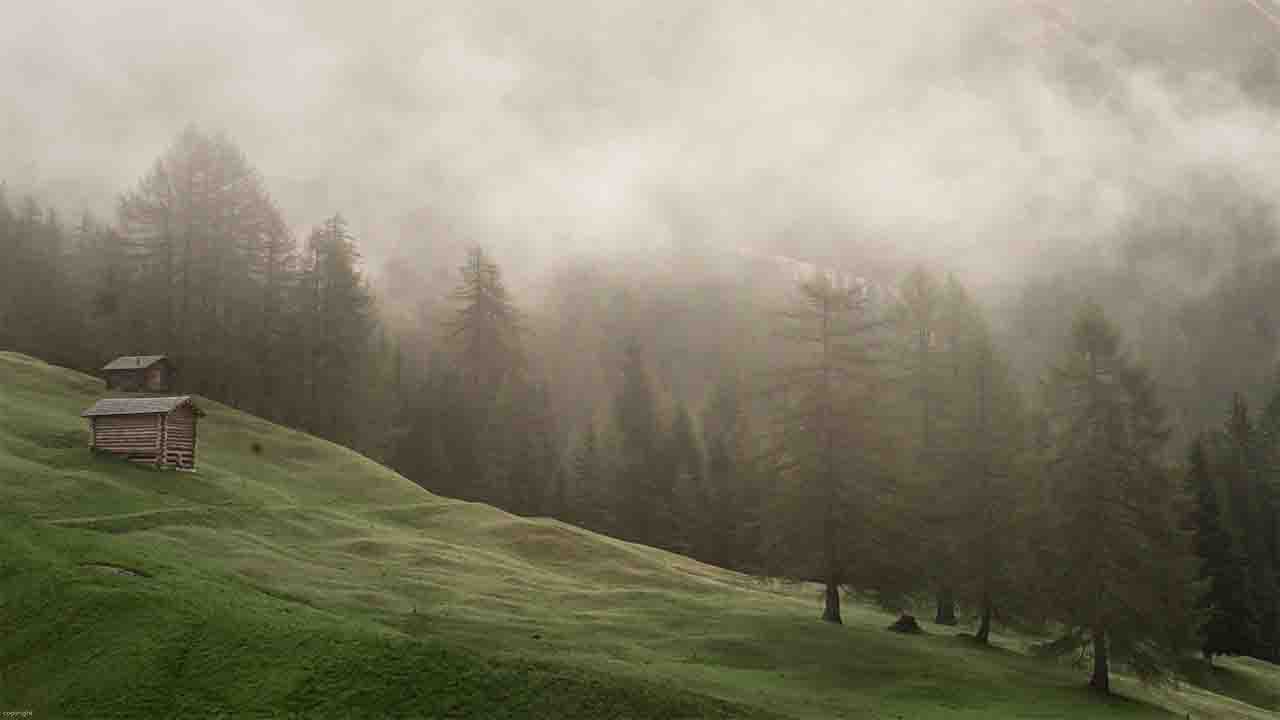Science & Technology, New Zealand (Commonwealth Union) – Landslides are mass movements of rock, soil, and debris can occur in various terrains, including mountains, hills, and coastal areas. Understanding the causes and consequences of landslides is crucial for developing effective prevention strategies and mitigating their impact on human lives and infrastructure.
University of Canterbury researchers and students have meticulously documented 140,000 landslides triggered by Cyclone Gabrielle, contributing to the creation of predictive models for forthcoming weather events. This effort has established New Zealand as home to one of the largest inventories of landslides resulting from a single event on a global scale.
Dr. Tom Robinson, Senior Lecturer and lead researcher at University of Canterbury (UC), expressed astonishment at the extensive number of landslides discovered. He emphasized the significance of mapping these occurrences for future resilience, noting the challenges in forecasting landslides and highlighting the value of historical mapping in understanding the conditions that led to past incidents. Dr. Robinson emphasized that such mapping provides critical information about the triggering factors, such as slope types, land composition, rainfall intensity, seismic activity, and shaking intensity. This knowledge is essential for anticipating future events, particularly during rainfall, enabling authorities to identify high-risk areas, predict the likely trajectory of landslides, assess potential obstructions, and make informed decisions about road closures or evacuations.
The team utilizes high-resolution aerial imagery, boasting a remarkable detail of up to 30cm, where they pointed out that it could enable the identification of objects as small as a laptop on the ground for mapping purposes.
“We’ve mapped over 140,000 landsides, the smallest roughly the size of a car, from 20 percent of the area affected by Cyclone Gabrielle. We can’t possibly map them all, but we believe there is about 750-850,000 in total.”
According to Dr. Robinson, alterations in building and land use regulations may lead to a short-lived recollection of past events. Comparing images from Cyclone Bola in the late 1980s to the present, he notes that only the quality of the imagery has changed. The locations of landslides remain consistent, having failed in previous extreme events and likely to do so again. Understanding the history of these landslides is crucial to preventing future occurrences.
Despite a 30-year gap between Cyclone Bola and Cyclone Gabrielle, the impact of climate change has heightened the potential frequency of catastrophic weather events according to the researchers of the study. Dr. Robinson emphasizes the importance of identifying landslide-prone areas to avert future disasters.
In their mapping efforts, Dr. Robinson and his team distinguish between two types of land movement: slides and flows. A slide involves material moving simultaneously, maintaining relative coherence. Observing where it ends up allows visualization of its original appearance on the hillside. Slides, being larger, deeper, and traveling shorter distances, often cause more extensive damage.
“Flows are chaotic. It all gets mixed up and runs into hollows and divots, following river channels and travelling much further.”
The mapping procedure is thorough and has required extensive training hours to enhance the students’ ability to discern the characteristics and distinctions between slides and flows. “We sometimes have 22 different opinions, which makes things interesting” Dr Robinson explained. “However, this ensures all future mapping uses the same processes so the models and data can be applied in the future.”
Dr. Robinson expresses satisfaction with the comprehensive effort invested in the project, highlighting the rewarding experience of witnessing students’ knowledge expansion. He notes that this initiative serves as an incredible opportunity to cultivate the next wave of top-tier researchers in landslide hazards.
Furthermore, Dr. Robinson has secured funding from EQC to extend the impact of the research. The funds will be utilized to conduct a nationwide landslide risk assessment for residential housing, with the project set to commence later this year.








